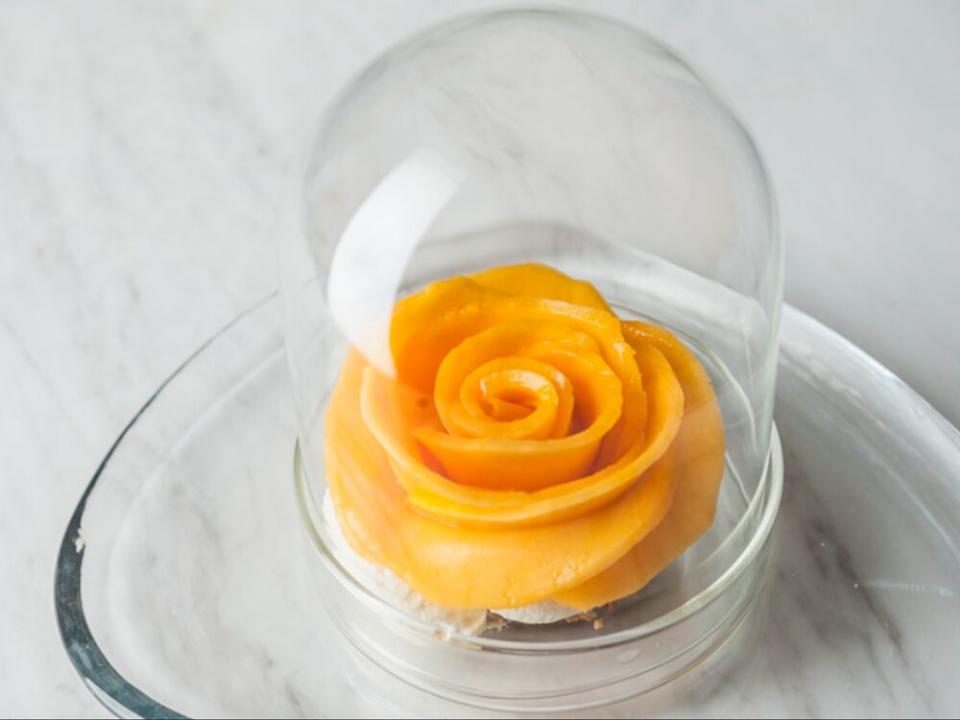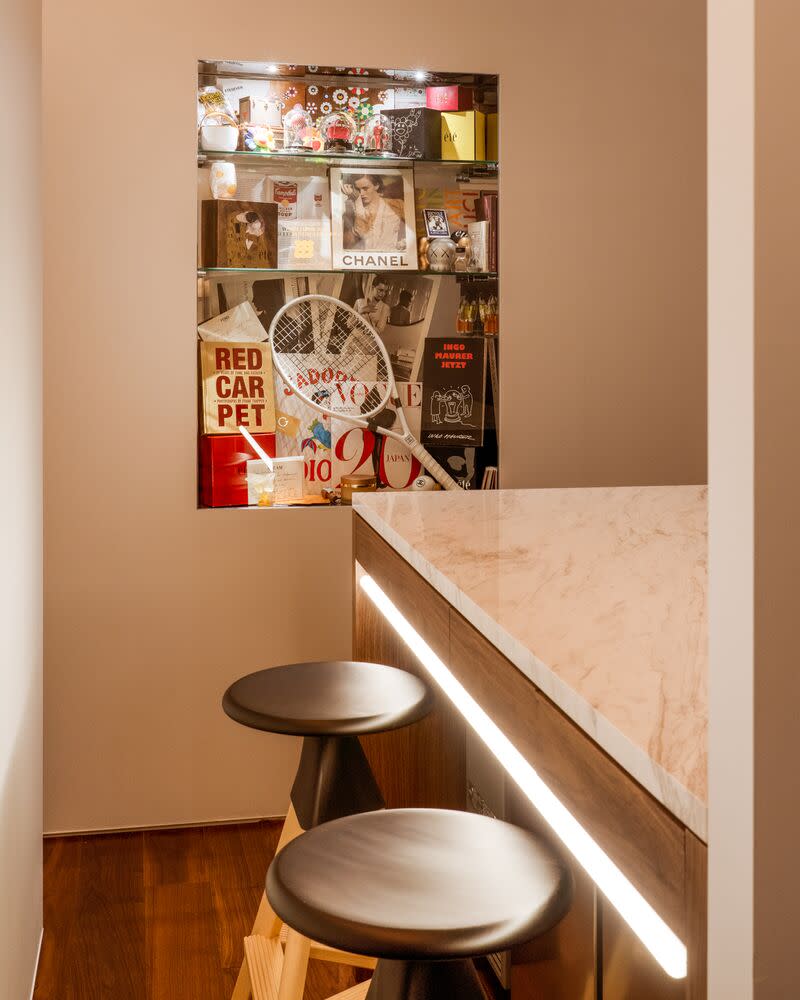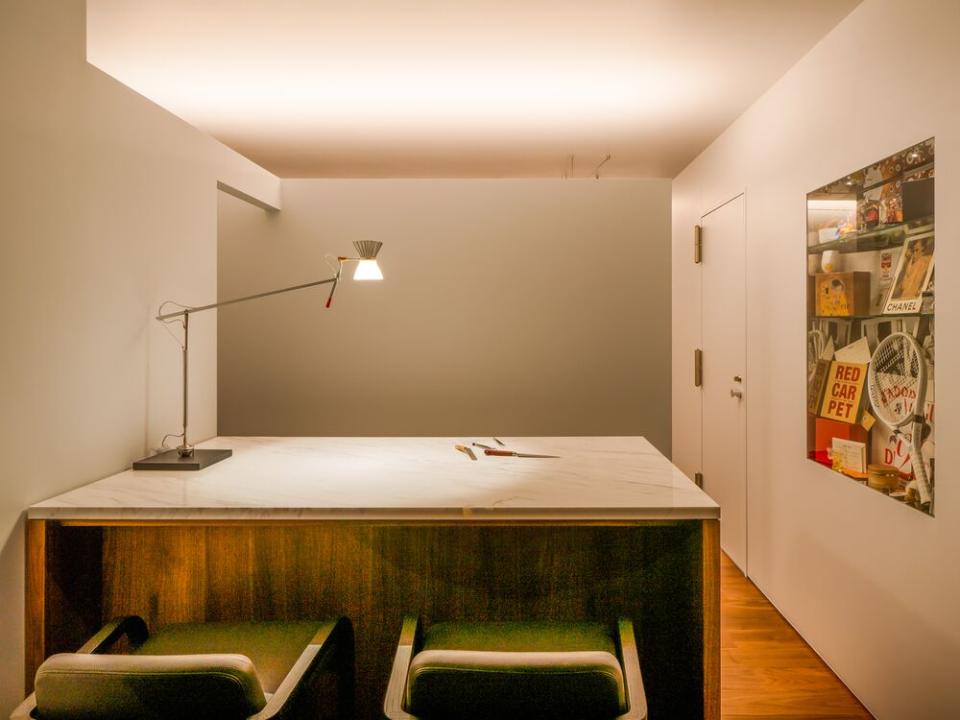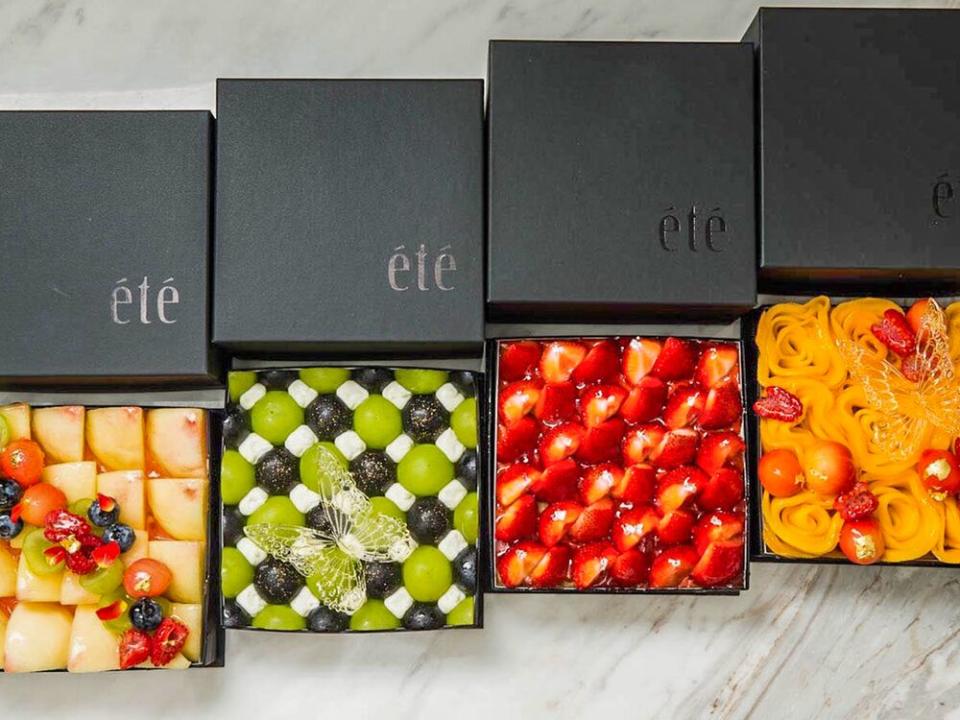Mere Mortals Can Now Book Tokyo's Most Exclusive One-Table Restaurant
For the last five years, Japanese chef Natsuko Shoji has operated one of Tokyo’s most difficult-to-book restaurants, alongside a thriving luxury cake business. On December 10, she relocated her pocket-sized, single-table Shibuya eatery and pastry shop, été, to a new home one subway stop away, and along with the shift to more spacious digs, she's made the eatery and cake component totally open to the public.

Shoji previously only accepted reservations and cake orders from friends, and friends of friends. Now, to get in or try her famous mango rose cake, simply send an email.
“I wanted to have a bigger place, so more people can experience my food,” said Shoji, who roughly doubled the size of her original restaurant, which now encompasses just under 400 square feet. Along with more wiggle room, Shoji added two dining room seats, which means that été can now accommodate up to six guests per meal.
Offering that one-table dining room equipped with a sleek black zebra marble table and modern black leather chairs, the second half of the new été is Shoji’s cake lab. In the past, Shoji built her confections in a private sliver of a kitchen, but the expanded space offered her enough room to create what she describes as a shokunin—or craftsman’s—studio where customers can watch her decorate cakes.

Over the last half decade, Shoji has made a splash with her grand cakes garnished with Japan’s most prized fruit—from Nagano grapes to Miyazaki mangos—inspired by iconic designs from various fashion houses like Chloe and Chanel. And while Shoji continues to evolve her sweets, revealing new seasonal iterations topped with chestnut and cherry, her most famous cake remains the one crowned with mango.
Built from a pâte sablée base, topped with vanilla bean custard cream, Shoji decorates each cake with slices of either Thai, Mexican, Australian, or Japanese mangoes—depending on the season—with slices of the fruit formed into roses. Unlike her strawberry cake that resembles Louis Vuitton’s Damier print, or Shoji’s peach number that’s inspired by her mother’s love for Chanel’s Matelassé bags and their diamond-shaped stitching—Shoji’s rose cake is the only one that’s not fashion-forward.

And as of last month, it’s not necessary to be David Beckham or René Redzepi to score a taste. But, do note that cake prices range from $150 to $2,000 depending on size and type of fruit.
At only 30 years old, Shoji has endured a quick and furious start in Japan’s largely male-dominated culinary scene. After high school, Shoji earned an entry-level position at Tokyo’s lauded, two-Michelin-starred French-Japanese tasting menu counter Florilège, and within three years chef Hiroyasu Kawate had promoted her to sous chef. She opened été in 2014.
Five years later and Shoji was ready to upgrade. While the old été was equipped with a minimalist dining room devoid of any bells and whistles, she designed her new spot with “luxurious materials” like “fine wood,” says the chef, in addition to a glassed-in fireplace.
“I love fire because fire moves differently every time, much like cooking,” said Shoji. “And we, chefs, use fire.”

Most importantly, though, Shoji says that she wants her “customers to feel comfortable.” Floor-to-ceiling windows allow abundant natural light, while offering guests a look at été’s plant and flower garden.
Depending on the season in which one dines, expect to spend roughly $360 (inclusive of tax and tip) per person for a 10-course meal, both lunch and dinner. Shoji’s French technique shines in dishes like her signature sanma roll, a seasonal Japanese fish rolled into what looks like a tostada, garnished with pomelo salsa, and a matsutake mushroom soup with steaked hairt crab and deep-fried scale-on amadai (tilefish).

